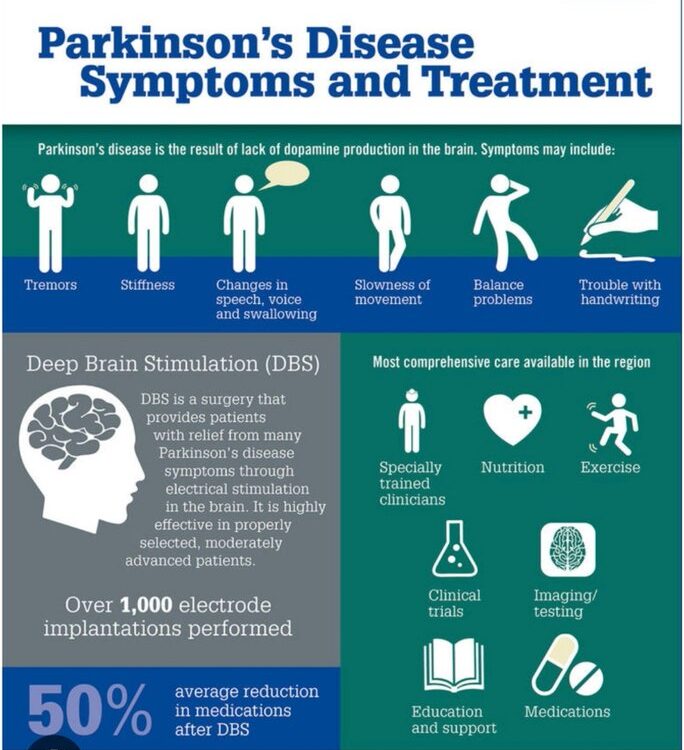Font size:
Print
Osmolyte – Protein interaction can help treatments for Alzheimer’s & Parkinson’s
Context: Alzheimer’s & Parkinson
Recently, research at the S.N. Bose National Centre for Basic Sciences used covalent magnetic tweezers to study how individual proteins fold, unfold, and interact with osmolytes.
Key Findings:
- Osmolytes stabilise proteins and prevent misfolding, which is crucial for avoiding diseases like Alzheimer’s and Parkinson’s.
- Study focused on Protein L and its interaction with two osmolytes: Trimethylamine N-oxide (TMAO) and trehalose.
- At higher concentrations, TMAO significantly increases the strength of Protein L, making it more resistant to unfolding, indicating it helps to stay folded and stable.
- High levels of TMAO are linked to heart diseases, and understanding its interaction with proteins could improve treatments.
- Low concentrations of TMAO had minimal effect.
- Trehalose stabilised the unfolded state of Protein L, showing that different osmolytes can have varied effects on proteins.
|
What are osmolytes?
|

Overview of Parkinson Disease:
- Parkinson’s disease is a progressive brain disorder affecting movement, mental health, sleep, pain, and other health issues. It worsens over time, and while there is no cure, treatments can help manage symptoms.
- It is a neurodegenerative disorder that predominantly affects the dopamine-producing (“dopaminergic”) neurons in a specific area of the brain called substantia nigra.
- Primarily affects older individuals but can also occur in younger people.
- More common in men than women.
- In 2020, the global burden of Parkinson’s disease was estimated at 9.4 million cases, with approximately 10% of these patients living in India.
- People with a family history of PD, as well as those exposed to air pollution, pesticides, and solvents, may be at higher risk.
Motor Symptoms:
- Slow movement, tremor, involuntary movements, rigidity, trouble walking, imbalance.
Non-Motor Symptoms:
- Cognitive impairment, mental health disorders, dementia, sleep disorders, pain, sensory disturbances.
Complications:
- Involuntary movements (dyskinesias) and painful muscle contractions (dystonias) can affect speech and movement, leading to high disability rates and the need for care. Many individuals with PD develop dementia.
Treatment and Care:
- Levodopa/carbidopa is the most common treatment, increasing dopamine levels in the brain.
- Other medications like anticholinergics help reduce involuntary muscle movements.
- Surgical and Therapeutic Interventions:
1) Deep brain stimulation and other therapies can alleviate tremors.
2) Rehabilitation therapies.
Challenges:
- Accessibility and affordability of medications and surgical resources vary, especially in low- and middle-income countries (LMICs).
Overview of Alzheimer’s disease:
- It is a brain disorder that gets worse over time.
- It’s characterised by changes in the brain that lead to deposits of certain proteins. It causes the brain to shrink and brain cells to eventually die.
- It is the most common cause of dementia — a gradual decline in memory, thinking, behaviour and social skills. These changes affect a person’s ability to function.
- The causes probably include a combination of age-related changes in the brain and genetic, environmental, and lifestyle factors.
|
Neurodegenerative disorders:
|



My husband was diagnosed of Parkinson’s Disease a couple of years ago, he had severe fatigue, difficulty with mobility and sleeping. He was placed on Sinemet 3 times daily, which helped but only for a short while. So, we decided to try alternative treatment and began on PD-5 protocol, it has made tremendous difference for my husband, he had improved walking balance, muscle strength and he is now very active. His Parkinson’s is totally under control, we got the treatment from binehealthcenter. com. This treatment is a breakthrough for PWP!
I suffered from Parkinson’s disease for 7 painful years. The symptoms were debilitating, and I had almost given up hope until I discovered EarthCure Herbal Clinic. After just a few months of using their natural treatment, all my symptoms were completely reversed. My neurologist, with over 40 years of experience, called it a miracle and said he’d never seen anything like it. I strongly recommend EarthCureHerbalClinic. com to anyone struggling with Parkinson’s or other chronic illnesses. They gave me my life back.